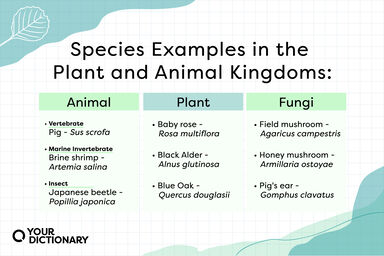In Macropus giganteus and its immediate allies, the premolars and sometimes the first molar are shed, so that in old examples only the two posterior molars and the incisors are found in place.
The typical genus Macropus, in which the muzzle is generally naked, the ears large, the fur on the nape of the neck usually directed backwards, the claw of the fourth hind-toe very large, and the tail stout and tapering, includes a large number of species.
The skull has a remarkably narrow and pointed muzzle and much inflated auditory bullae; while the two halves of the lower jaw are firmly welded together at their junction, thus effectually preventing the scissor-like action of the lower incisors distinctive of Macropus and its immediate allies.
Then come the rat-kangaroos, or kangaroo-rats, constituting the sub-family Potoroinae; while the tree-kangaroos (Dendrolagus), rock-wallabie's (Petrogale), and wallabies and kangaroos (Macropus) form the Macropodinae (see Kangaroo).
